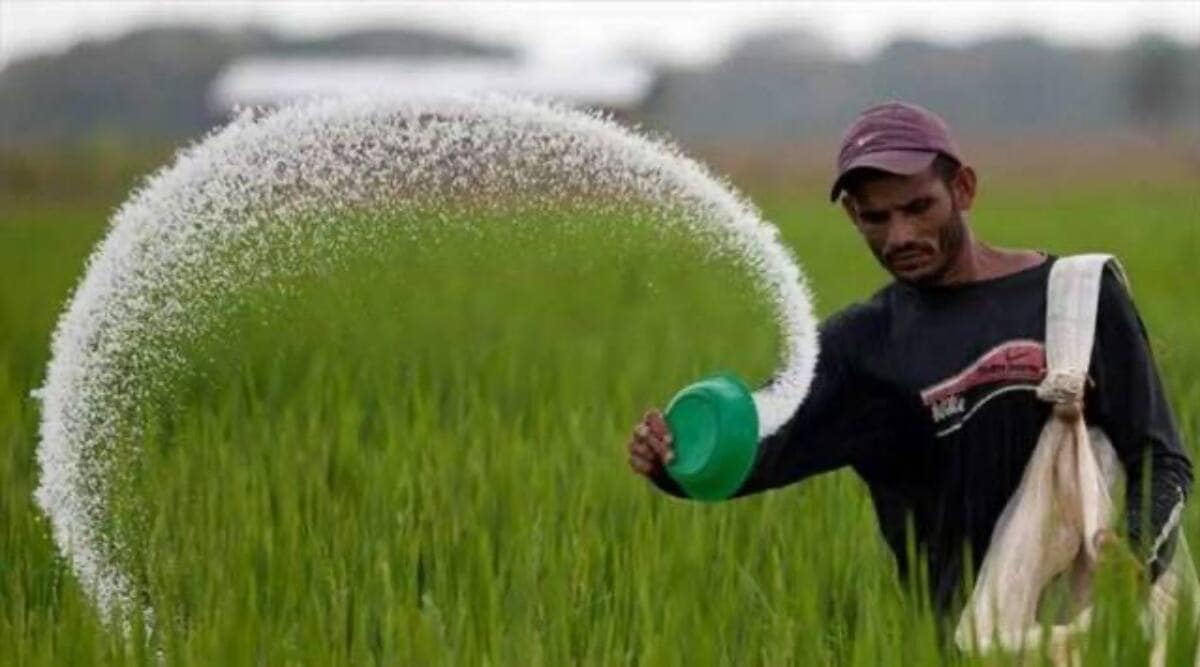India has had a bountiful monsoon this year, with cumulative rainfall since June 1 at 2.1% above the historical average for this period and all parts of the country, barring Bihar and the Northeast, receiving normal precipitation. Farmers, too, have responded by planting aggressively in the current kharif cropping season.
However, the timely and well-distributed rains have also spurred demand for fertilisers, particularly urea, alongside supply shortfalls due to dip in imports, mainly from China, and domestic production setbacks. When water availability is good, farmers also want to ensure their crops have enough nutrients such as nitrogen (N), phosphorous (P), potassium (K) and sulphur (S) for proper plant growth and harvestable yields.
As on August 15 this year, farmers had sown 398.59 lakh hectares (lh) under rice, up from 362.92 lh during the same period last year. Acreage under maize has, likewise, gone up from 82.97 lh to 92.79 lh. But data from the Department of Agriculture and Farmers’ Welfare shows that as of August 1, stocks of key fertilisers — urea, di-ammonium phosphate (DAP), muriate of potash (MOP) and complex fertilisers (containing N, P, K and S in different combinations) — are lower compared with the same date last year (see chart).

While shortages of DAP — a fertiliser with 46% P that is essential for root development and early plant establishment — have been reported in the past couple of years, the current season has seen farmers scrambling even for urea.
“DAP is applied only once, at the time of sowing. Urea is required at least twice. For paddy, you have to give three bags (of 45 kg each) – the first within a week after transplanting, the second about 10 days later and the third in another 15-16 days,” said Pritam Singh, a farmer from Urlana Khurd village in Haryana.
Both paddy and maize need significant quantity of nitrogen – translating into three or more bags of urea (46% N) per acre – for optimal growth and grain yields. As the area sown under the two crops (and also sugarcane) has gone up at the expense of soyabean and pulses (which are naturally nitrogen-fixing and require hardly a bag of urea as a basal dose), the demand for the fertiliser has further risen.
On the supply side, imports of urea have been on a decline — from 101.64 lakh tonnes (lt) in 2021-22 to 85.46 lt in 2022-23, 80.06 lt in 2023-24 and 69.10 lt in 2024-25. During April-June 2024, urea imports stood at 12.10 lt, which fell to 8.86 lt in April-June 2025.
Story continues below this ad
The dip in imports has primarily been from China: from 27.88 lt in 2021-22 to 16.13 lt in 2022-23, then to 21.48 lt in 2023-24 and a mere 1.04 lt in 2024-25. China, which was India’s top import source for both urea and DAP till 2023-24, has severely squeezed supplies to negligible quantities in the current financial year.
Imports apart, there have been domestic output shortfalls due to the shutdown of Nagarjuna Fertilizers and Chemicals’ plant at Kakinada (Andhra Pradesh) and suspension of production at Ramagundam Fertilizers and Chemicals’ unit in Telangana due to technical snags.
“Given their urea production capacity of 13-15 lt each, it represents a significant loss of supply. Tight global supplies, with the landed cost of imported urea increasing from around $380 to $530 per tonne since the start of 2025, has not helped either,” an industry source pointed out.
Stay updated with the latest – Click here to follow us on Instagram
© The Indian Express Pvt Ltd


